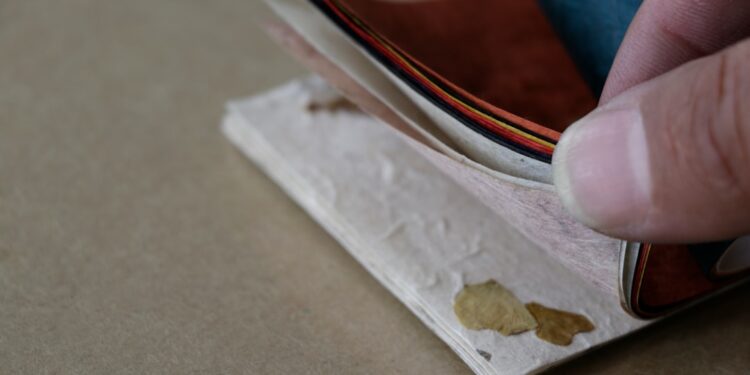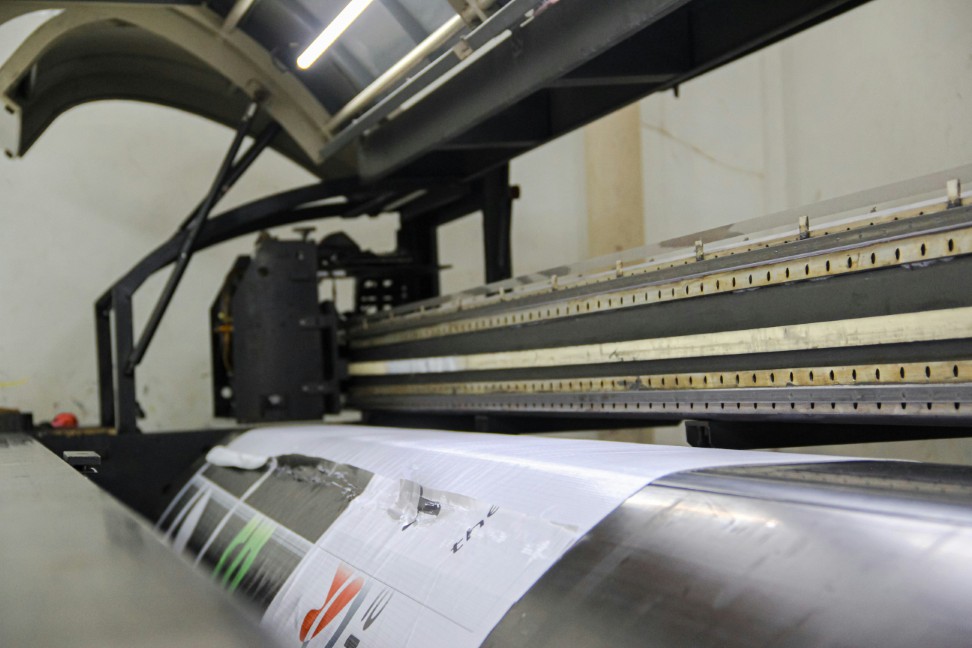Woodworking is a timeless craft that has been practiced for centuries. Whether you are looking to create your own furniture, build shelves, or even just get into a new hobby, woodworking is a great skill to have. However, if you are new to woodworking, it can seem overwhelming and intimidating. But fear not, with a little guidance and some practice, you can quickly become a woodworking pro. In this post, we will explore the basics of woodworking for beginners.
To get started with woodworking, you will need a few essential tools. Some of the basic tools you will need include a saw (preferably a handsaw, jigsaw, or circular saw), a hammer, a tape measure, a level, and a drill. These tools will be essential for most woodworking projects you will undertake. Additionally, you may also want to invest in some woodworking clamps, chisels, sandpaper, and wood glue.
Next, you will need to familiarize yourself with the types of wood available for woodworking. There are two main categories of wood: hardwood and softwood. Hardwoods come from deciduous trees like oak, maple, and walnut, while softwoods come from evergreen trees like pine, cedar, and fir. Each type of wood has its own characteristics, including durability, grain pattern, and color. It is important to choose the right type of wood for your project to ensure that it will last for years to come.
Once you have your tools and materials ready, it’s time to start your first woodworking project. One of the easiest projects for beginners is a simple wooden shelf. To make a basic wooden shelf, you will need a piece of wood cut to the desired length and width, some wood screws, and a drill. Measure and mark where you want to place your shelf on the wall, then use a level to ensure it is straight. Drill pilot holes into the wall and attach the shelf with screws. This simple project will give you a taste of woodworking and boost your confidence to tackle more challenging projects.
As you progress in your woodworking journey, you may want to learn more advanced techniques such as joinery. Joinery is the process of connecting two pieces of wood together to create a stronger and more stable structure. There are several common types of joinery techniques including butt joints, miter joints, and dovetail joints. Butt joints are the simplest form of joinery and involve joining two pieces of wood at a right angle. Miter joints are more advanced and involve cutting the ends of two pieces of wood at a 45-degree angle to create a seamless corner. Dovetail joints are the most complex form of joinery and involve cutting interlocking “pins” and “tails” that fit together to create a strong connection.
Another important aspect of woodworking is finishing. After you have completed your project, you will need to apply a finish to protect the wood and enhance its appearance. There are several types of wood finishes available including wood stains, varnishes, and oils. Wood stains are used to change the color of the wood while varnishes provide a protective coating. Oils penetrate the wood to enhance its natural beauty and provide protection against moisture and UV rays. Experiment with different finishes to find the one that best suits your project.
In conclusion, woodworking is a fulfilling and rewarding hobby that anyone can enjoy. By starting with the basics and gradually working your way up to more advanced techniques, you can develop your skills and create beautiful and functional pieces of furniture and decor. Remember to always prioritize safety by wearing protective gear and using tools correctly. With practice and patience, you can become a skilled woodworker in no time. So roll up your sleeves, grab your tools, and start creating today!















